Ceramicist Alana Wilson
Interview by Eric Hsu Photography by Phillip Huynh
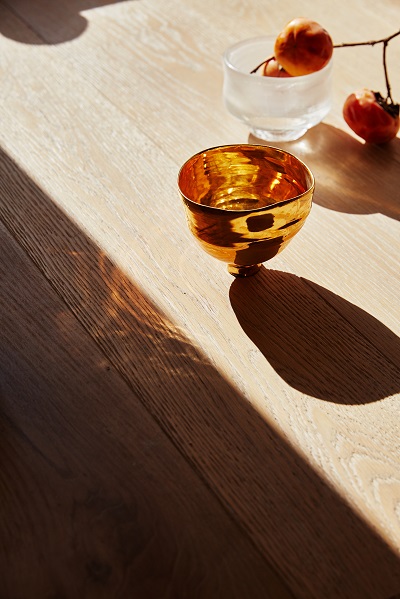
** Her exhibit "T: Exploration & Experience of the Teabowl"- with Romy Northover (pictures featured here) goes until November 26 at FLOATING MOUNTAIN 239 W72nd St, New York NY 10023. Pieces are available for purchase and can be viewed at https://www.floating-mountain.com
` Photo Credit: Alana Wilson
Swimming brings one’s body with the water’s buoyancy, yet the process of molding and shaping clay is an anchoring force with hands. Where do you see the cross dialogue between the two activities?
Both are very meditative, predominantly done in solitude and combine physical movement and awareness of the body with a required mental acuity to work through a repetitive process. Both connect with a natural element - earth and water - which I find quite calming and humanly intrinsic. Over time, the wiring between brain and body becomes so ingrained that you can let your mind wander whilst the body is in automatic mode of a learnt technique. Both activities require a sense of technique, which is similarly soft, efficient, streamlined, responsive to the least amount of touch, and both techniques rely on a sense of flow and refining the surface resistance of the body against the elements.
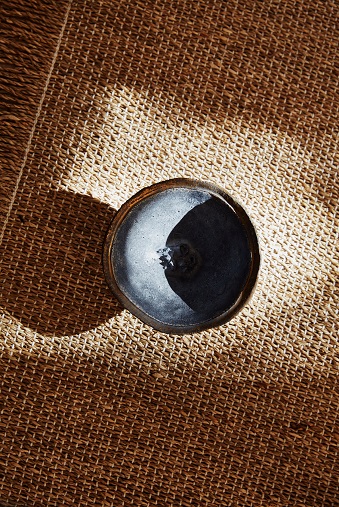
Your work belies the exacting but unpredictable process of overlaying different substances and glazing. What do you find fascinating about the alchemy?
There are endless parallels between the ceramic surfaces and surfaces and textures that exist in nature. Of course, ceramic materials all exist and are derived from natural resources but the process of firing results in a more compacted environment with the kiln’s heat and the firing speed. Scientifically, all of these ceramic results exist somewhere in nature that have occurred through varying means and all natural surfaces and materials will depict a chemical story of creation and destruction, as do the ceramic pieces.
As a child I would get lost in observing rock pools full of geological and marine life, collecting seashells and interesting rocks to study. This childhood fixation has informed my interest in the minute details of elemental decay and natural observation. Over time I have come to recognize stronger analogies between the natural destructive process and environments comparative to those in the medium of ceramics.
Within the ceramic process there are numerous aspects left to chance and susceptible to variation. Different materials will have specific reactions within the firing - how it transforms through heat exposure, how fast it is heated, its melting point, vaporisation point, oxygen content in the material and the atmosphere and its reaction with the other glaze ingredients it is mixed with.
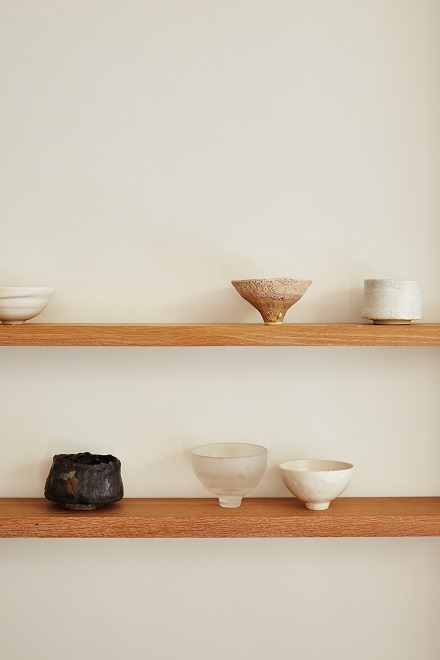
In its elemental form, the vessel projects functionality that people have difficulty divorcing when it comes to appreciating ceramics as an art equal to painting or sculpture. How do you hope to have someone see your piece beyond its basic purpose?
I used to look at this viewpoint as a hindrance, always trying to prove something with the vessel. There is an inherent conditioning when dealing with the vessel throughout anthropological, art, and social history. Functionality not only alludes to a use but also to a relationship to the human body and human life. I now embrace the steadfast connotative functionality of my work and prefer it over purely conceptual art (in terms of what I create myself, not necessarily as to what interests me as a viewer).
Having a pre-conditioned utilitarian context allows a certain scale of intimacy for the works to intersect the viewer’s perceptual / experiential process on a different level. Sociologically the viewer forms some sense of connection to it and hold it in a perceptual realm relative to their everyday life as opposed to a more conceptual work, in which they may feel separate from in terms of anthropological connection and conceptual understanding.
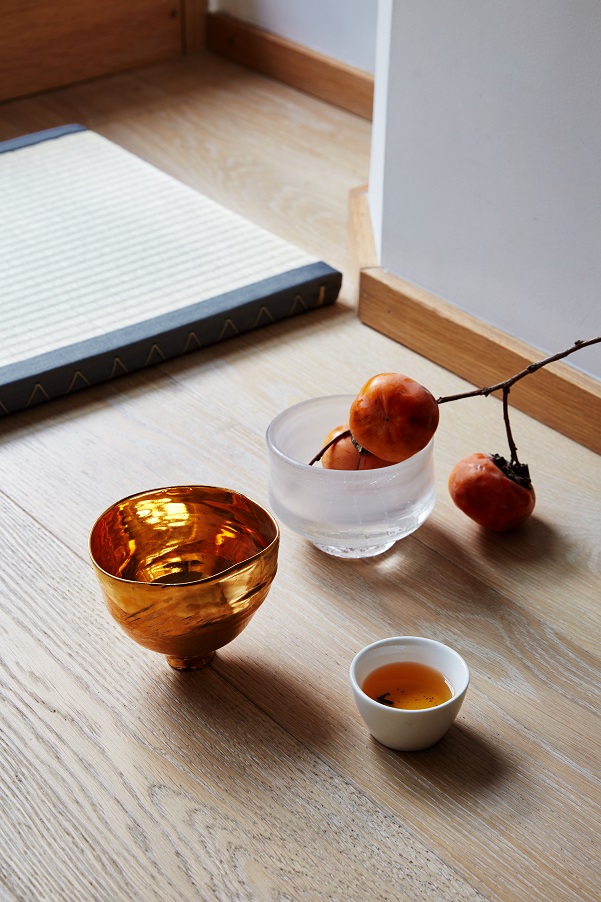
The difficult concept to divorce from the vessel is its ability to hold something, therefore an empty vessel is often perceived as incomplete. I seek to highlight the emptiness and twist the conception to depict the potential to be filled, within which there are various possibilities - both physical and conceptual 'fillers'. The depiction of the unused or empty vessel allows the viewer to draw their own conclusions based on their individual conditioning. In a sense this conditioning (towards an utilitarian object such as a vessel) is on a different level to the conditioning to comprehend conceptual or abstract art.

Throughout this consistent questioning within my own work, I have looked at and questioned other forms of art, architecture, design etc and its relativity to humankind. I am interested in its ability to intersect with the everyday life of the everyday person, to not exist only in the vacuum of a white box gallery or as a material commodity, financial investment, or interior decoration. Within my work I aim to honor the history of the vessel and the different historical values - emotional, cultural / historical, technical, conceptual – that all correlate to the final result.
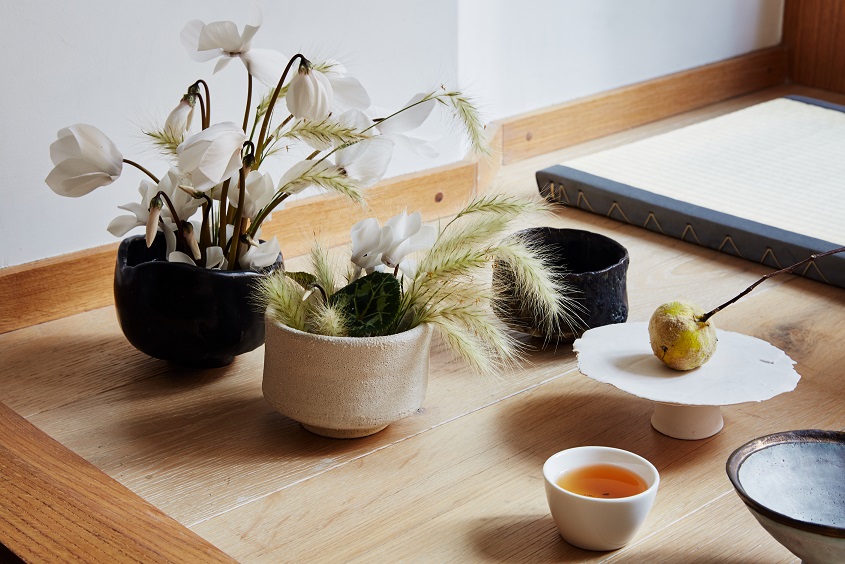
There is a consistent duality of logic vs reason, cultural vs individual; but in the sense of attempting to draw attention to the importance of humanity and humankind there is the critical requirement for communication, which is community. The viewer’s perception is a moment in time, yet can be long-lasting in terms of their recollection of reality and how it affects them. The majority of viewers would not be aware of their own perceptual process to this extent but I find the relationship between functionality, physicality, conceptual understanding and conditioning an extremely interesting area to observe and study in relation to my work, art and life in general.
Pot Plant, which was curated by John Tebbs for the Garden Edit, and Lilies of Forgiveness, placed your work in relation to ephemeral plant material. Did either exhibits re-center the focus on how florists utilize your ceramics?
As discussed in the above answer, I primarily look for highlighting an emptiness and the potential of completion based on societal conditioning towards and empty vessel. However, I love working with ephemeral plant material as it truly represents natural beauty and its decay, and takes away that sense of ownership or forever-ness that so many people crave. These ideas are constantly embedded within my work, so with the right people who appreciate these ideas I am always keen to collaborate. John Tebbs from The Garden Edit, Simone Gooch of Fjura, and Alia & Ezra from Regime des Fleurs all create beautiful work, utilizing nature as creator and transcending nature as decoration or pure product.
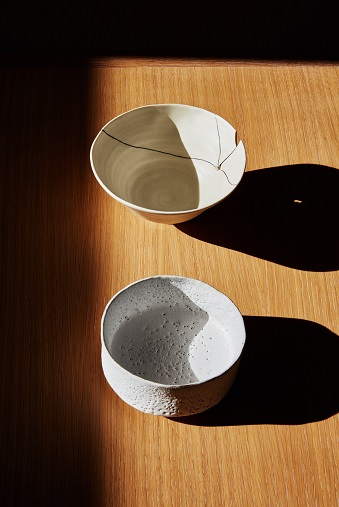
There is an old Chinese saying ‘滴水穿石’ which translates to ‘dripping water eats away the stone’. It alludes well to how your pieces bear the corrosive effect of water almost to the point of close disintegration. Is it a mediation on the transience of humankind and material goods?
Absolutely. More so an exploration of the innate impermanence of everything and attempting to break down the societal attachment to completed or beautiful things; to encourage an acceptance of the process of continuous transformation and inevitable decay, in all things - physical and otherwise.
The marine environment is unforgiving to terrestrial plant life, but what would be an Alana Wilson ceramic personified as a plant or garden look like?
This is an interesting question, and each ceramic piece has its own identity in a way … possibly a rockpool or reef, could that be classified as a garden?
Thank you Alana for the interview!








